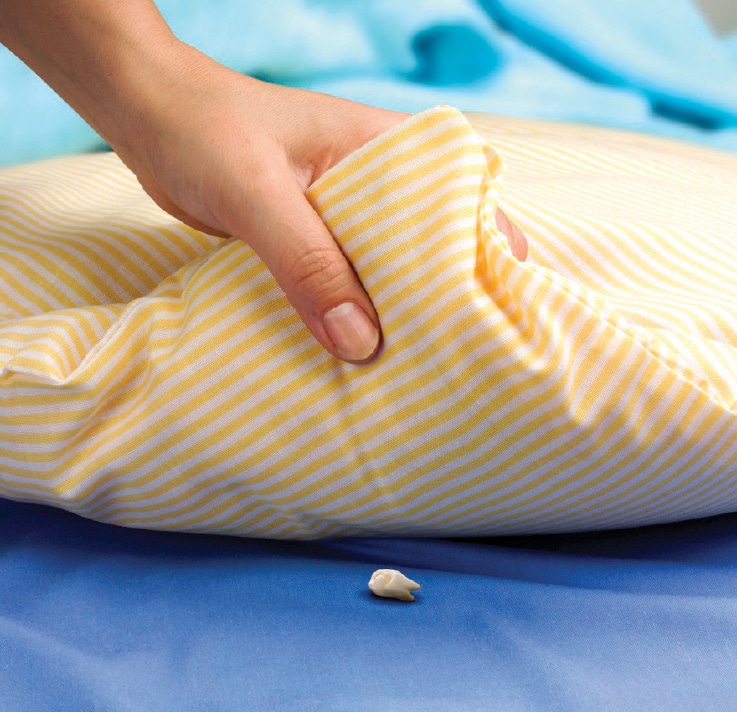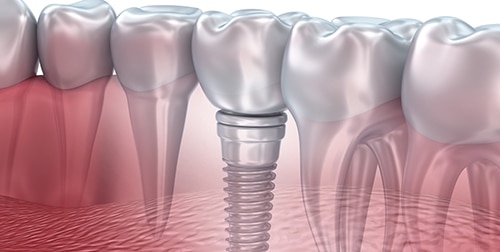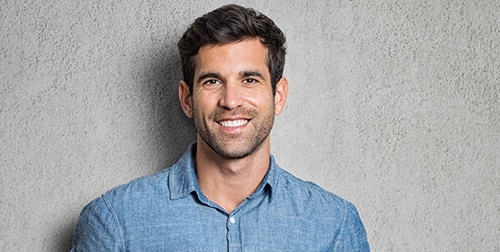Beyond the Tooth Fairy
BY DR. RUDY WASSENAAR DMD, MAGD, DICOI, DABOI
Did you know that the Tooth Fairy that Canadian kids grow up with originated in 17th century France? Or that kids in Mexico and Spain expect the Tooth Mouse to come and take their baby teeth from under their pillows? Tooth traditions around the world are pretty diverse; while we have the Tooth Fairy in common with a few other countries (like the USA, England, Australia, New Zealand, Israel, Germany, the Netherlands, Norway and Denmark) most of the world celebrates the loss of a child’s baby tooth differently. The Tooth Mouse is common in Spanish and French speaking nations, while many other countries throw their baby teeth onto the roof, including Botswana, The Dominican Republic, India, the Philippines, Vietnam, Albania, Cyprus, Honduras and Greece. Here are a few other interesting tooth traditions from around the world:

- Afghanistan: the child drops the lost tooth down a mouse hole to receive a strong new tooth like a mouse’s.
- Argentina: children put their tooth in a glass of water for the tooth mouse.
- Austria: the tooth is made into a key ring, or thrown under the house.
- Bhutan: the tooth is thrown on the roof as an offering to the moon goddess.
- Brazil: the tooth is thrown on the roof, so it can turn into gold.
- Cambodia: the child throws the tooth into the sky so the fairies can bring them a new one.
- China: upper teeth are placed at the foot of the child’s bed and lower teeth are thrown onto the roof to encourage the permanent teeth to grow faster.
- Colombia: parents may dip the tooth in silver or gold to be worn as an earring.
- Egypt: the child wraps the tooth in tissue and throws it to the sun, saying the words “shiny sun, take this buffalo’s tooth and bring me a bride’s tooth, so that Ra, the Sun God, will give them a new one in exchange.
- El Salvador: the tooth is put under the pillow, and a little rabbit brings the child money.
- France: in exchange for the tooth, the tooth mouse (La Petite Souris) leaves small toys under the pillow.
- India: the tooth is thrown onto the roof, and the child asks a sparrow to take it way and bring him a new one.
- Iraq: the tooth is thrown into the sky, back to Allah.
- Italy: both the Tooth Fairy and the Tooth Mouse may collect baby teeth in exchange for a present.
- Japan: bottom teeth are thrown onto the roof, and top teeth are thrown under the house, to encourage them to grow straight, healthy and strong.
- Lesotho: the tooth is thrown onto the roof of the home, so a lizard can bring the child a new tooth.
- Mongolia: the tooth is covered in meat fat and fed to a young dog, so the dog can bring a strong new tooth (because dogs have strong teeth and can eat bones).
- Netherlands: the “tanden fee” will look under the pillow and leave a couple of coins.
- North Korea: the child throws the tooth in the air, and a black bird comes and takes it away in exchange for a new, white tooth.
- Nigeria: one of several native traditions is that the child draws 7 circled in a straight line on the ground, and then dances in each circle. Dancing well helps the teeth grow in straight; if you dance badly, they’ll grow crooked.
- Romania: the tooth is thrown over the roof of the house, and the child says, “Crow, crow, take away this bone tooth and bring me a steel one!”
- Scotland: in the lowlands, a white fairy rat purchases lost teeth in exchange for coins.
- South Korea: the child throws the tooth in the air while singing a song, asking the birds to take the old tooth in exchange for a new one.
- Sudan: the tooth is thrown to the sun, and the child says “take this donkey’s tooth and replace it with a beautiful gazelle’s tooth!”
- Swaziland: the child puts the tooth in a shoe, and by morning it will be replaced by candy.








